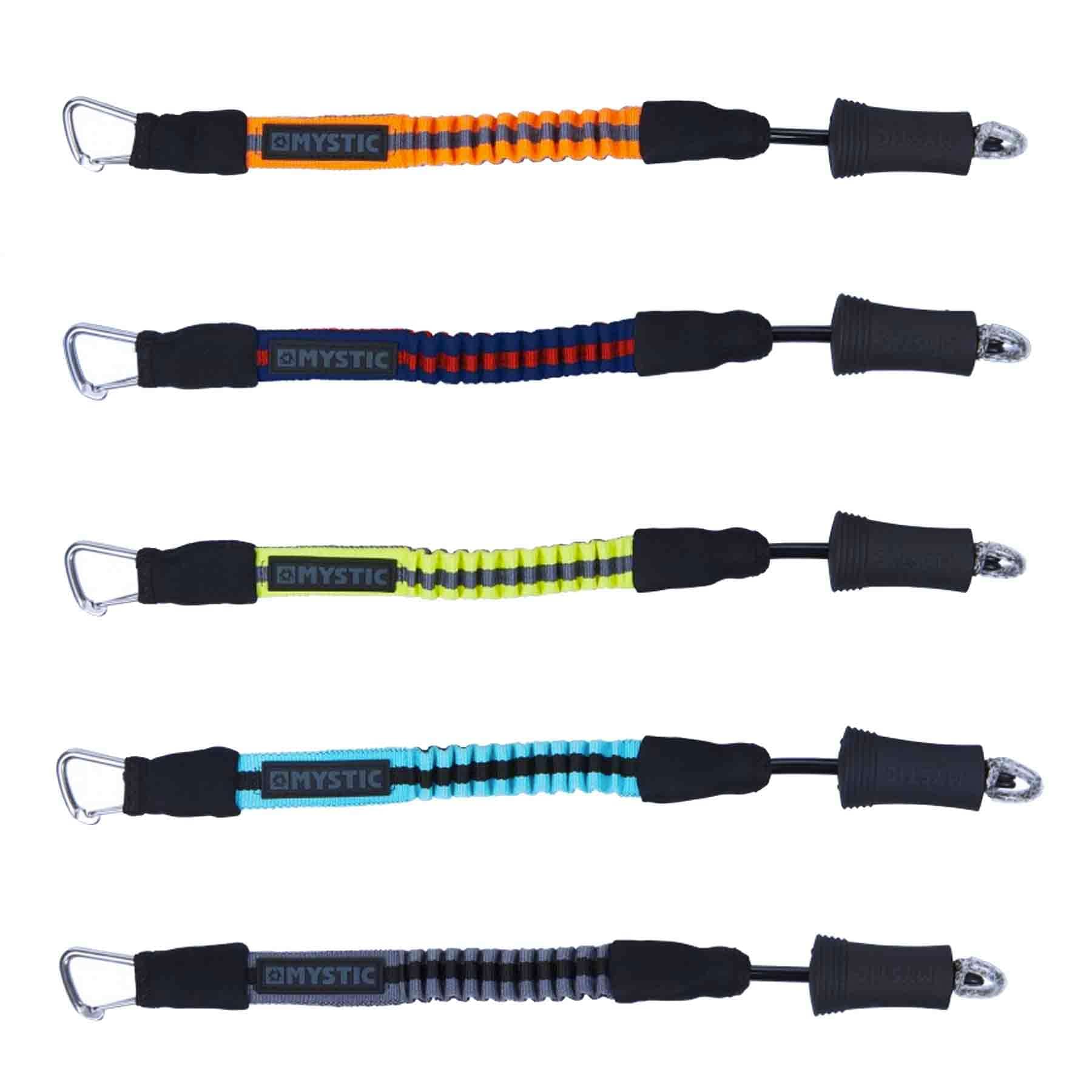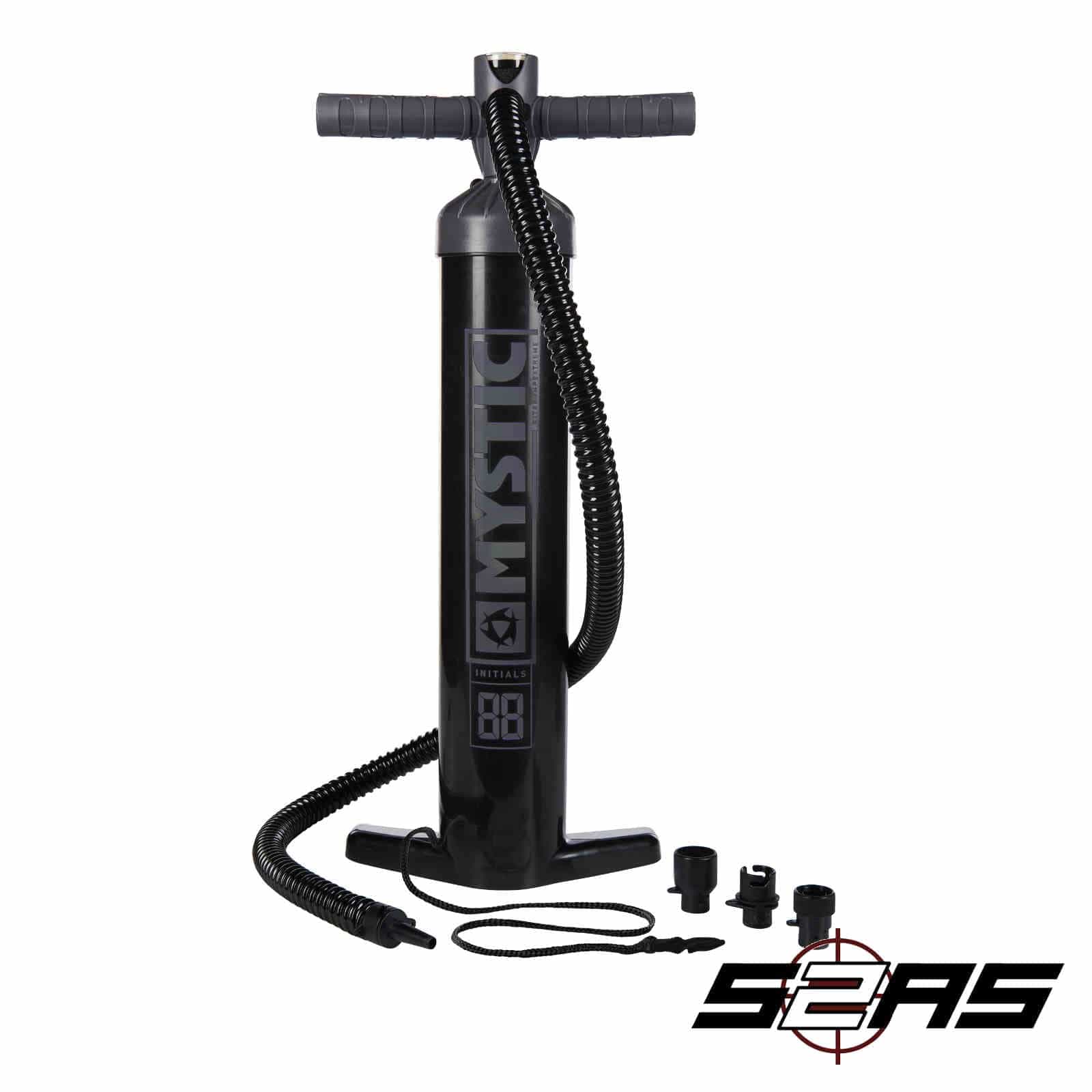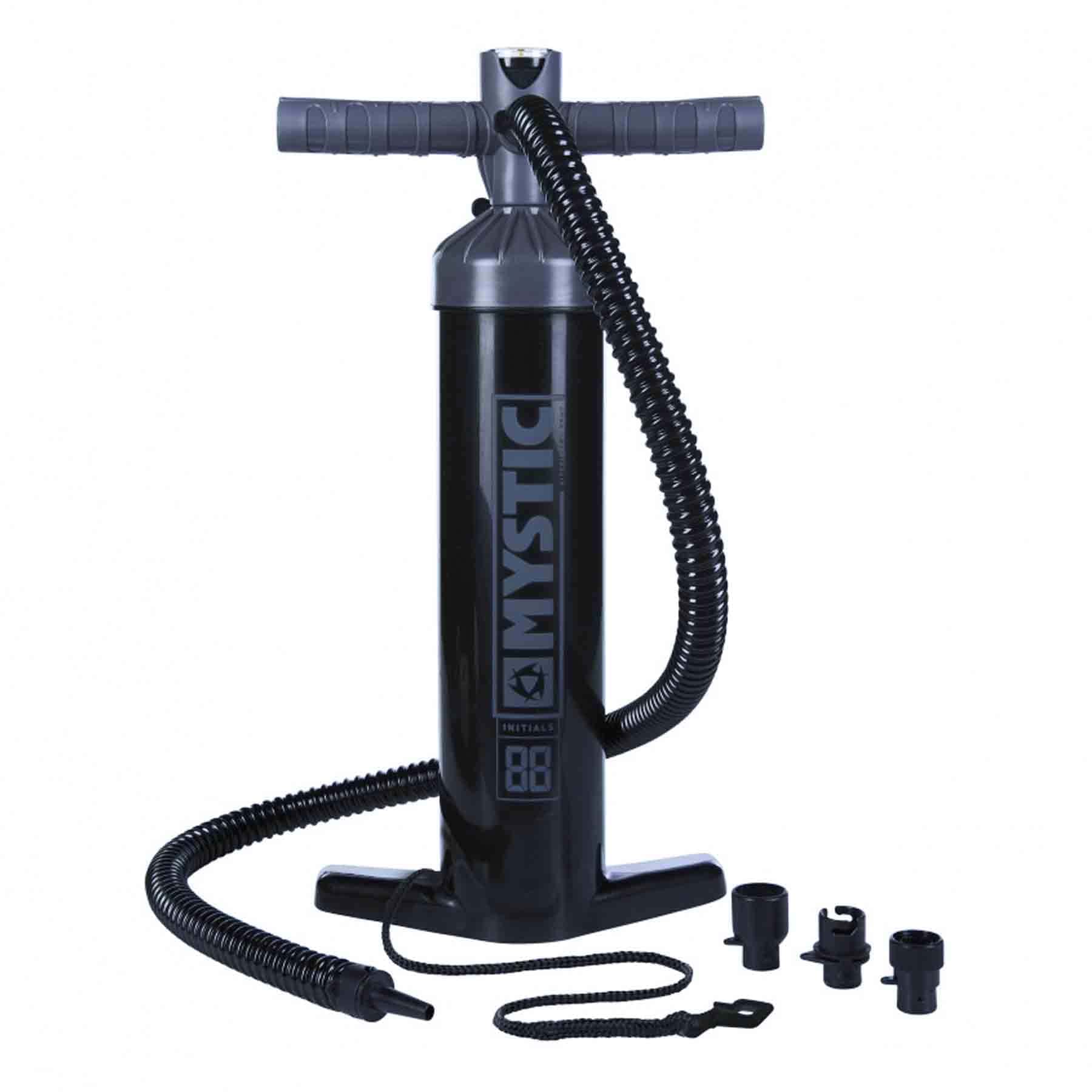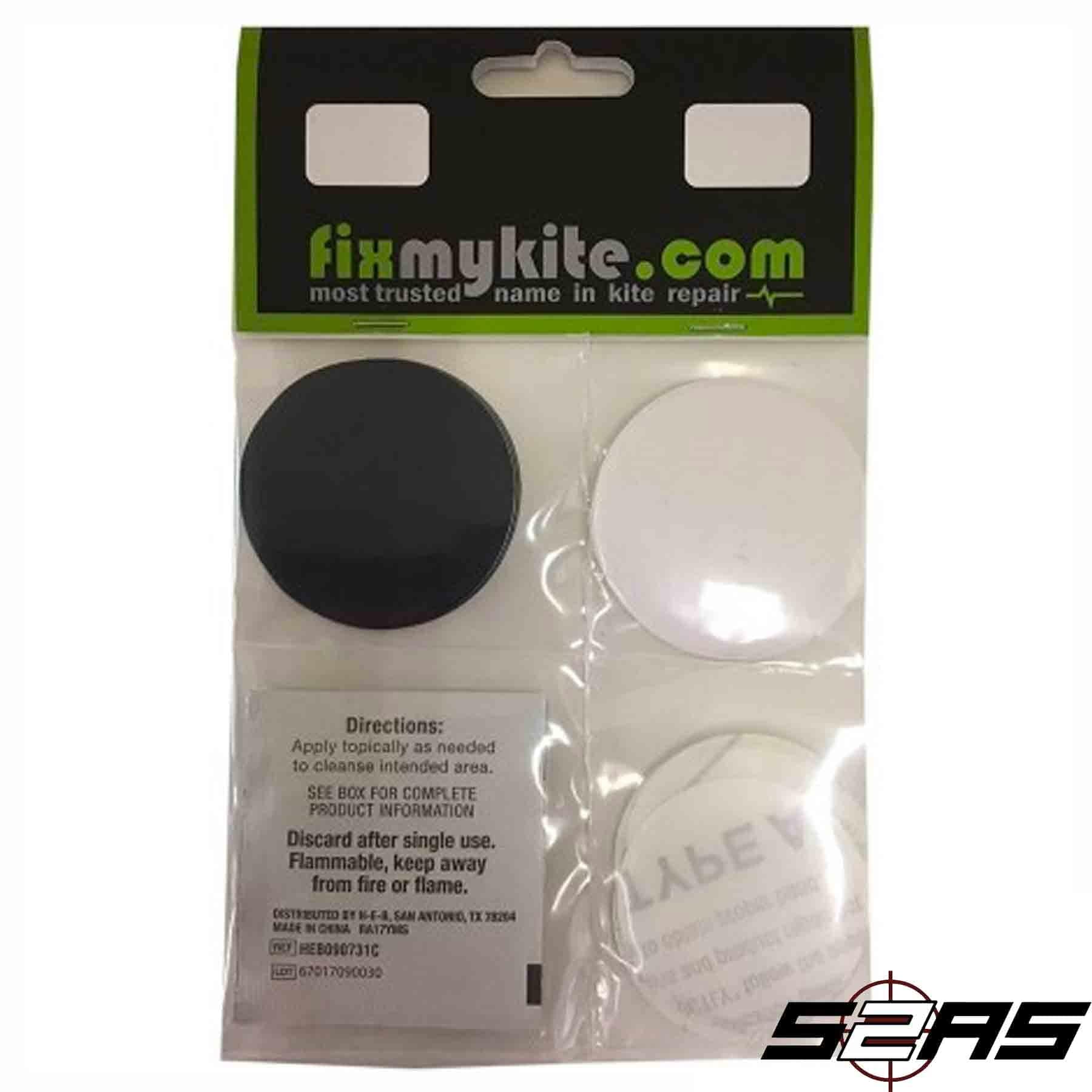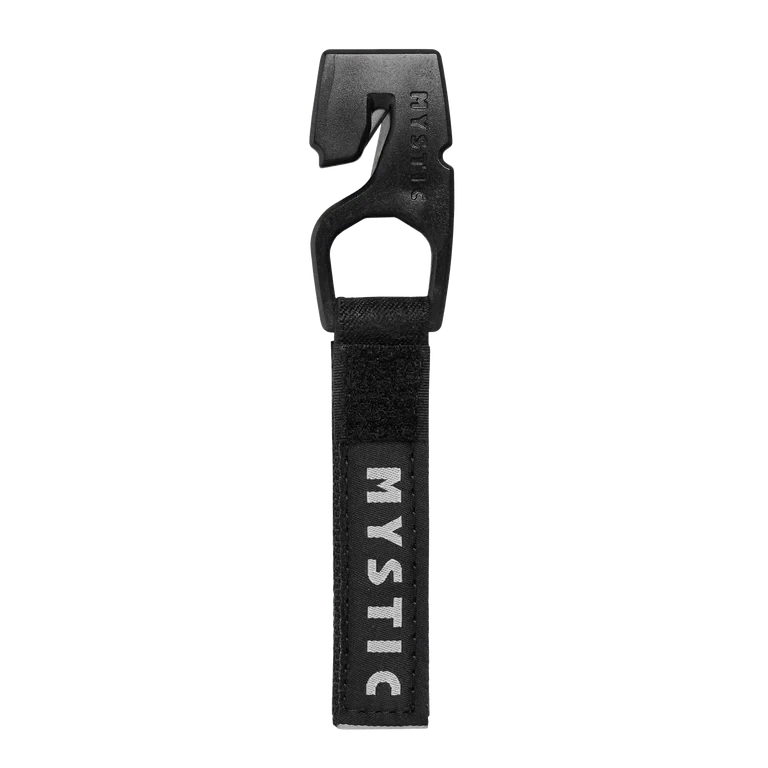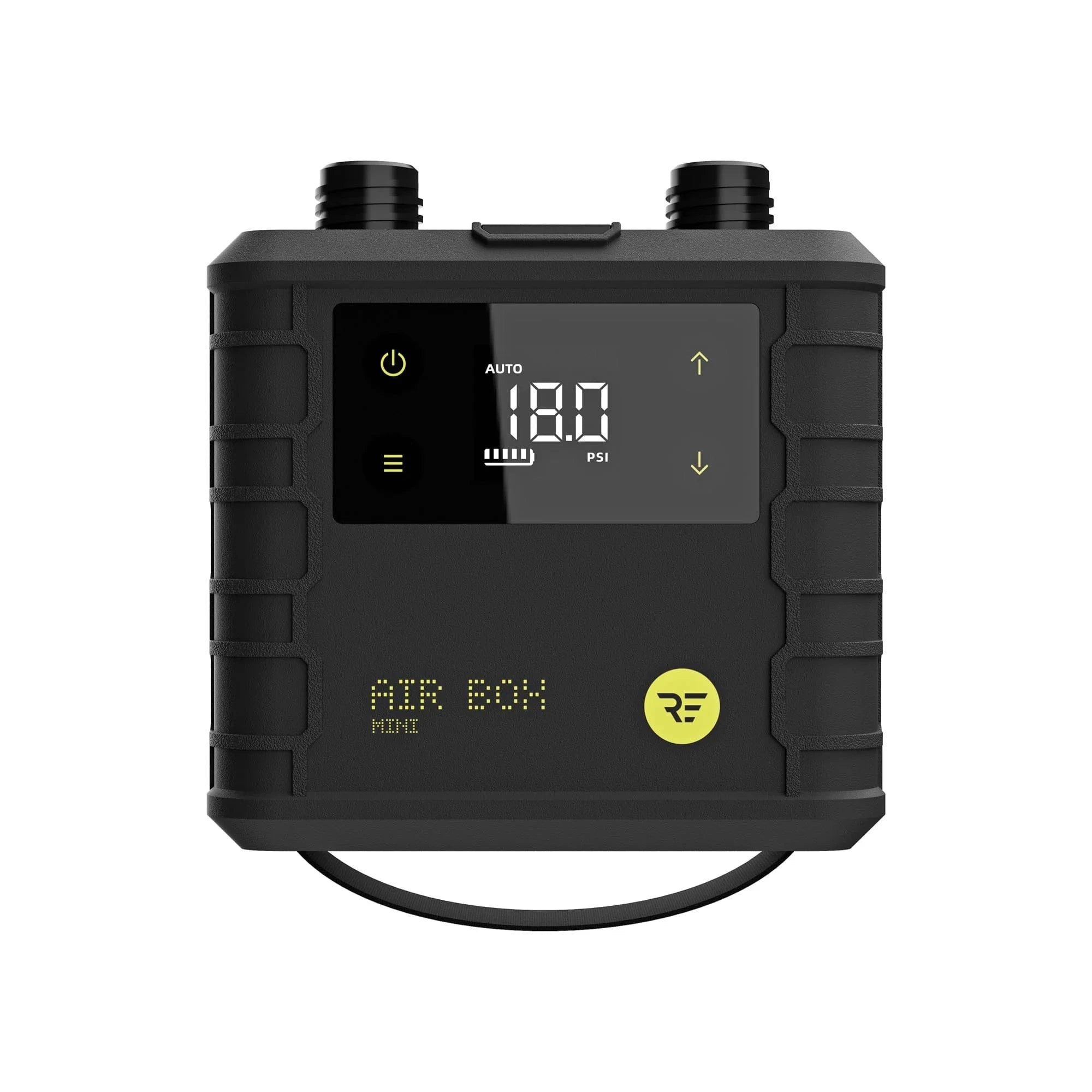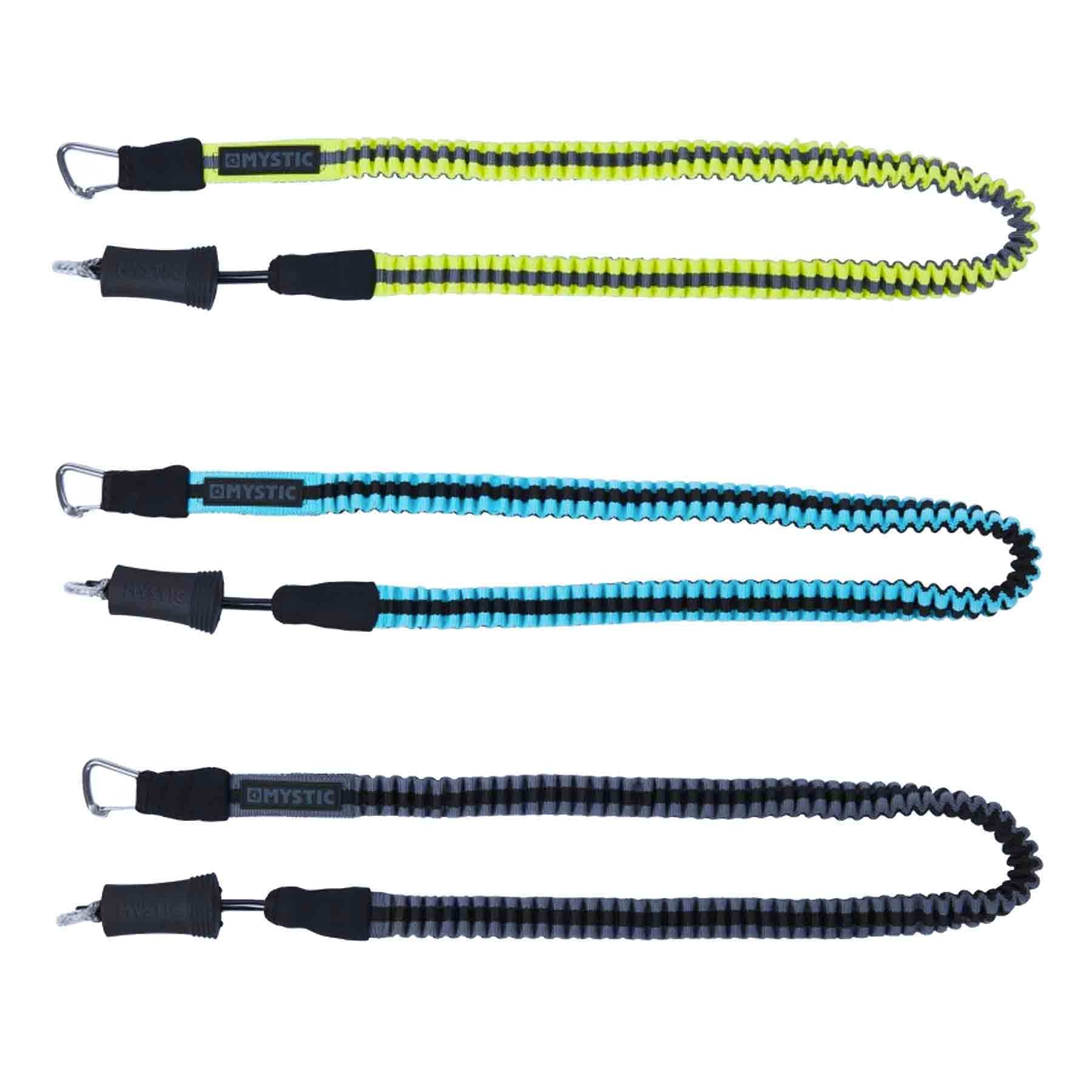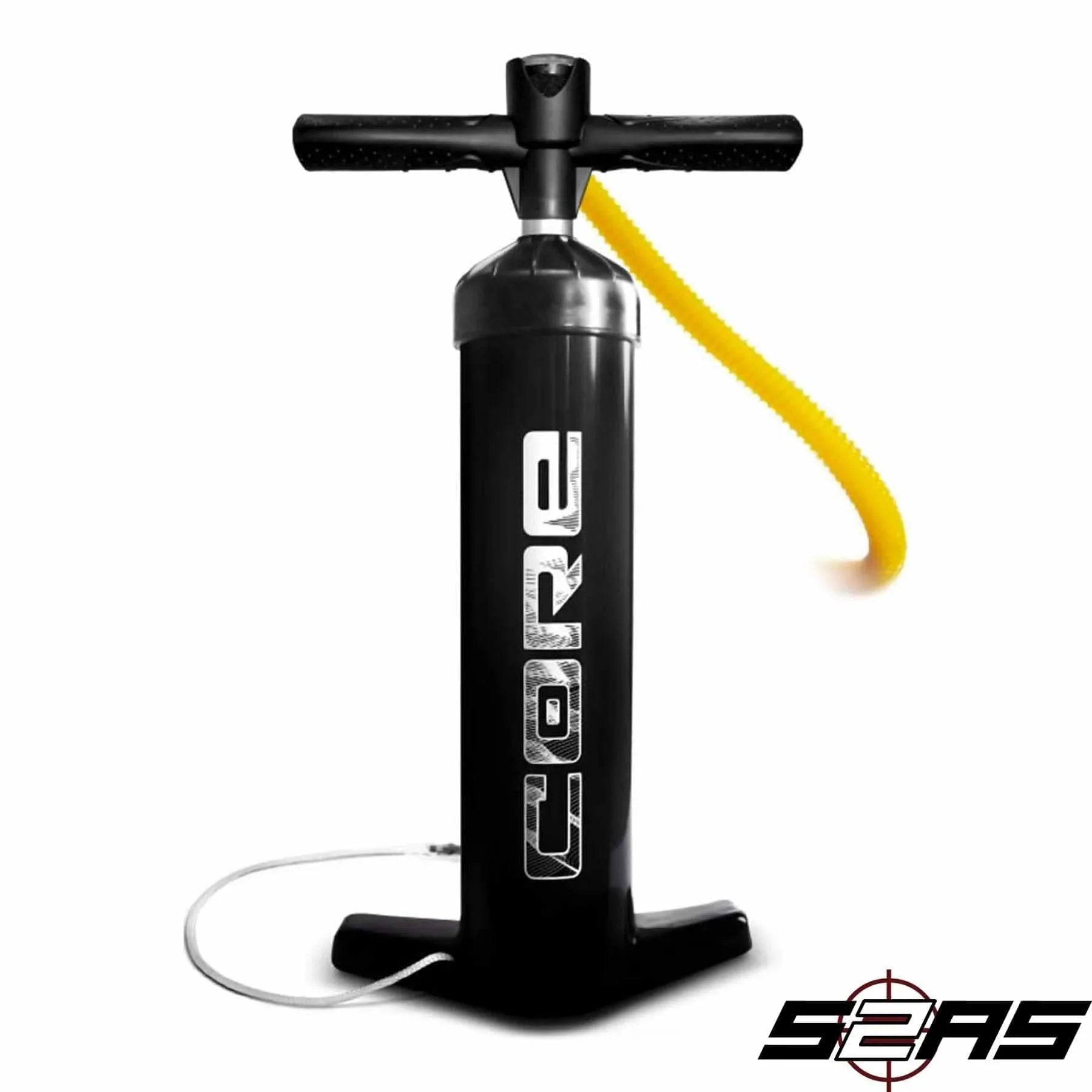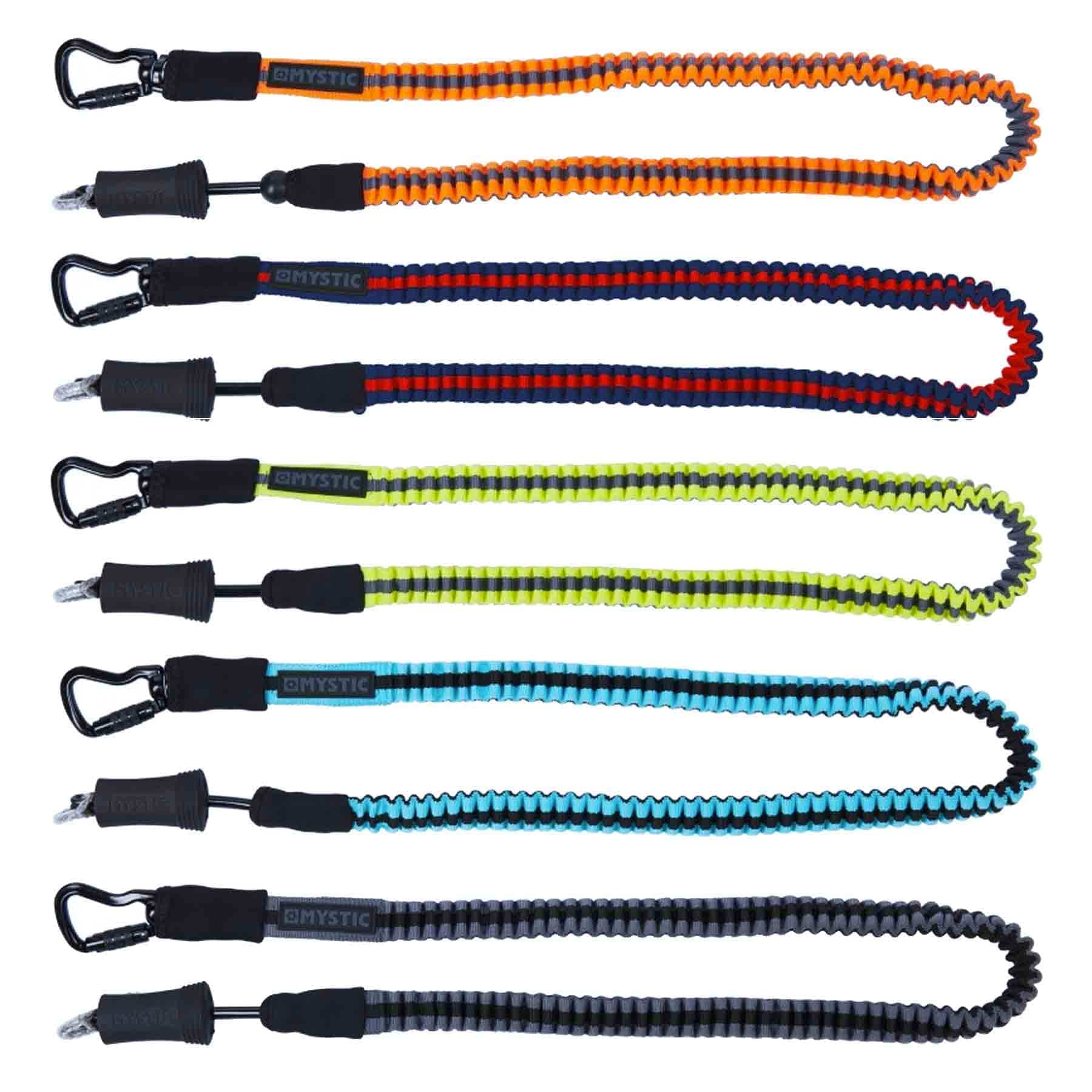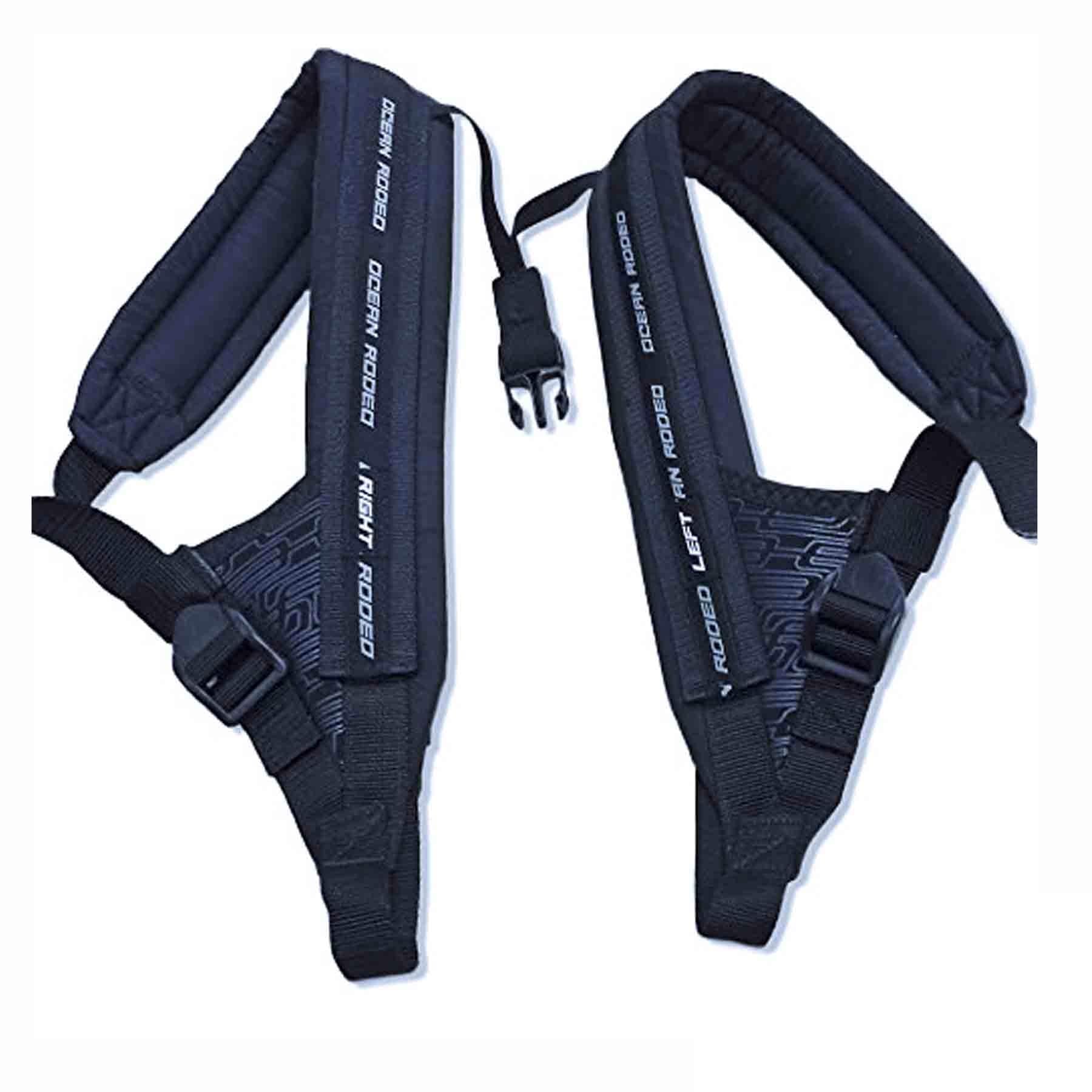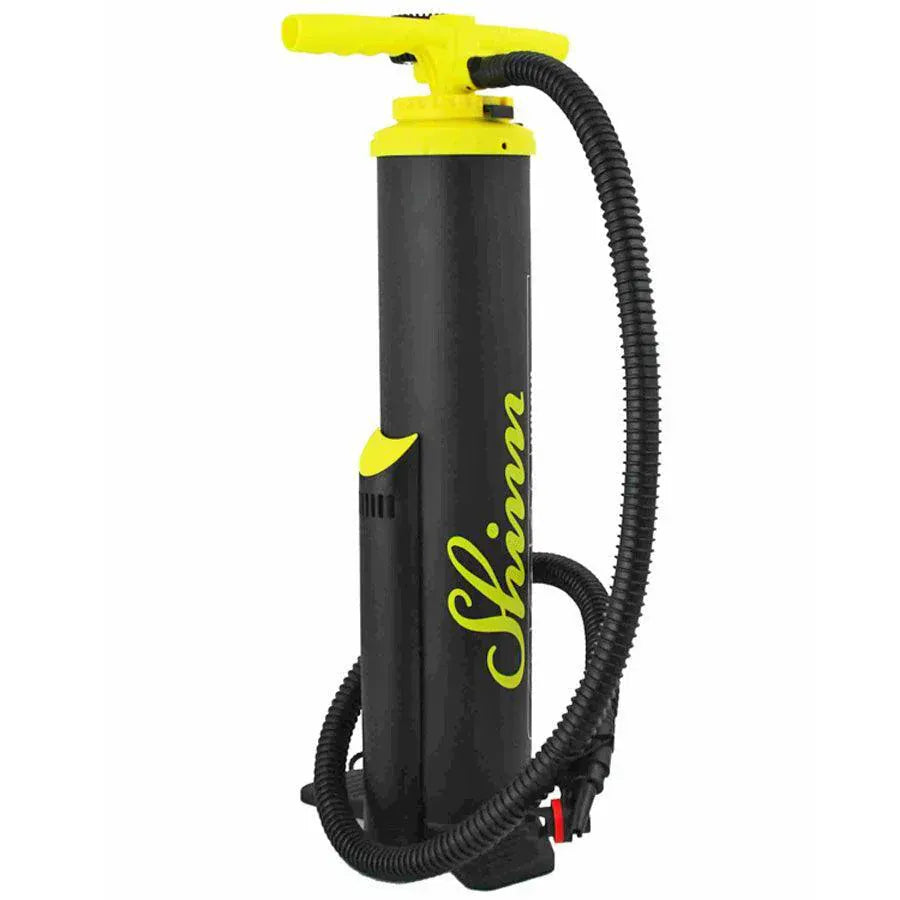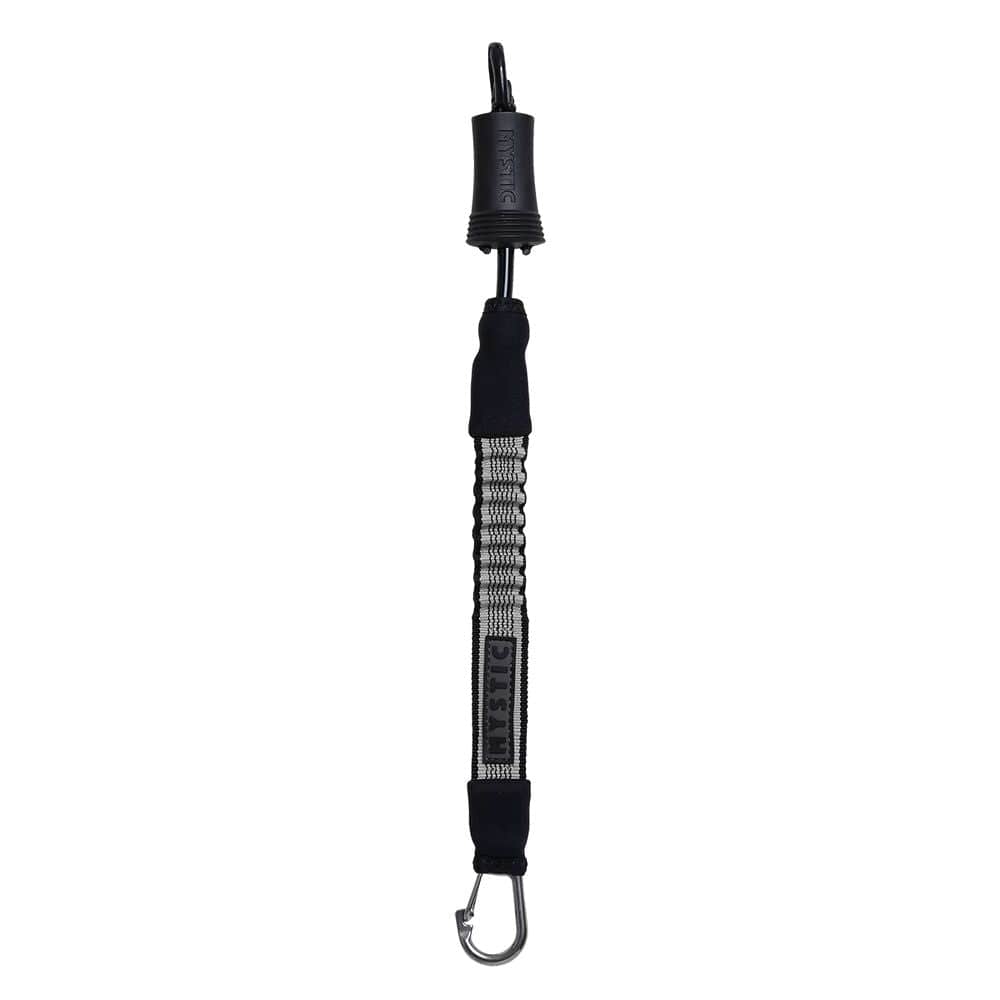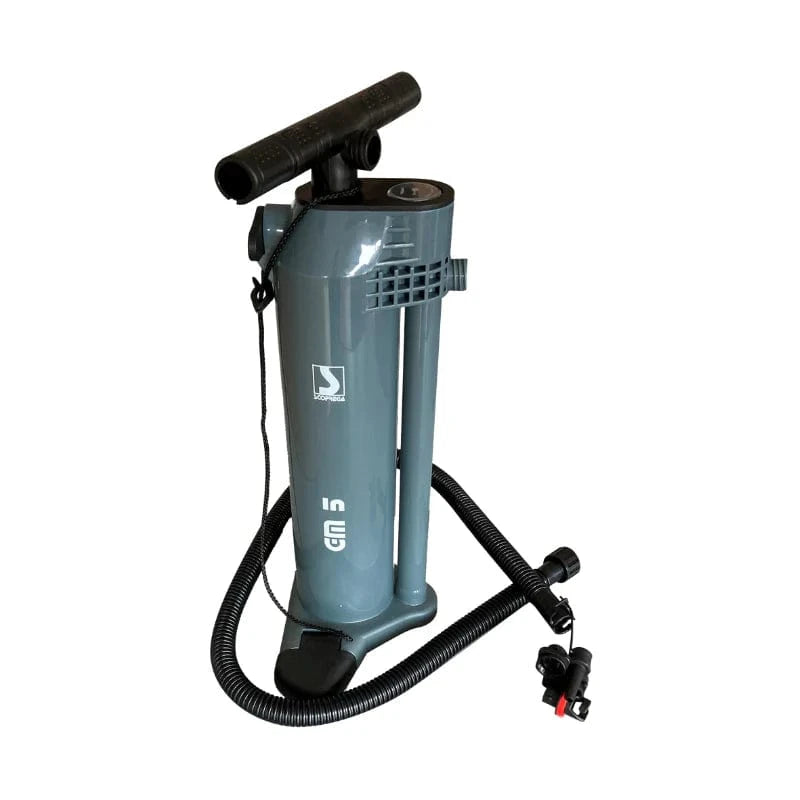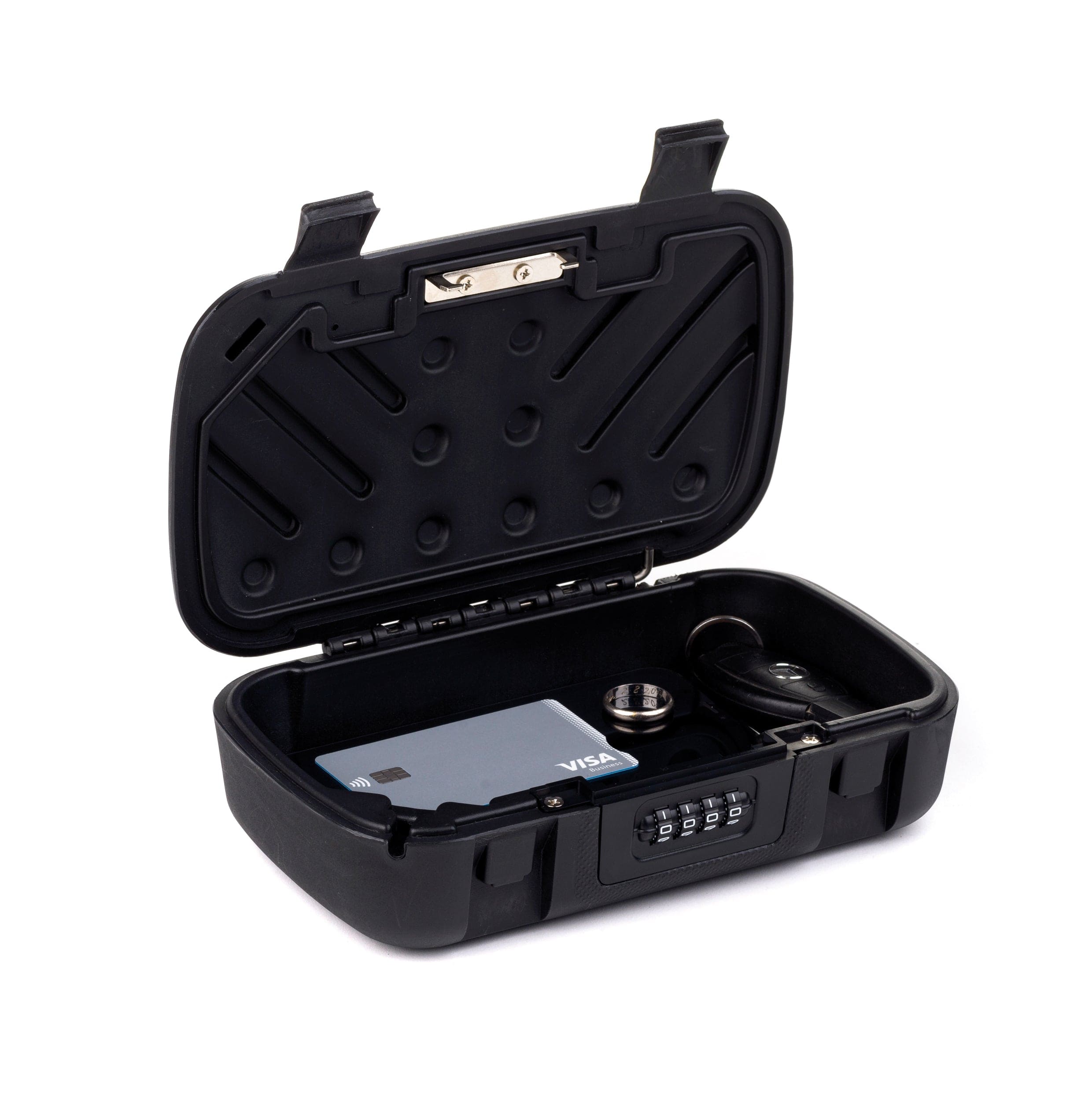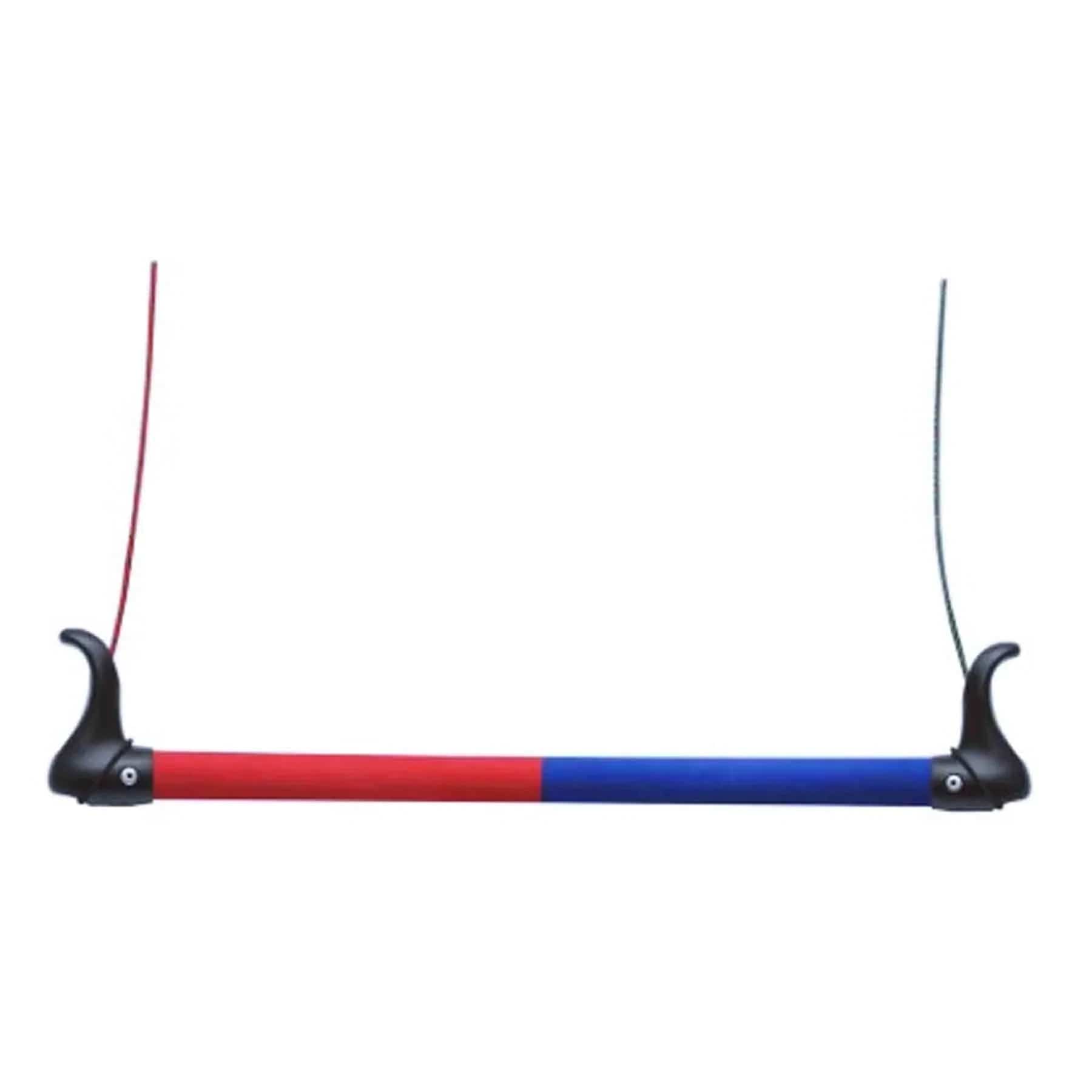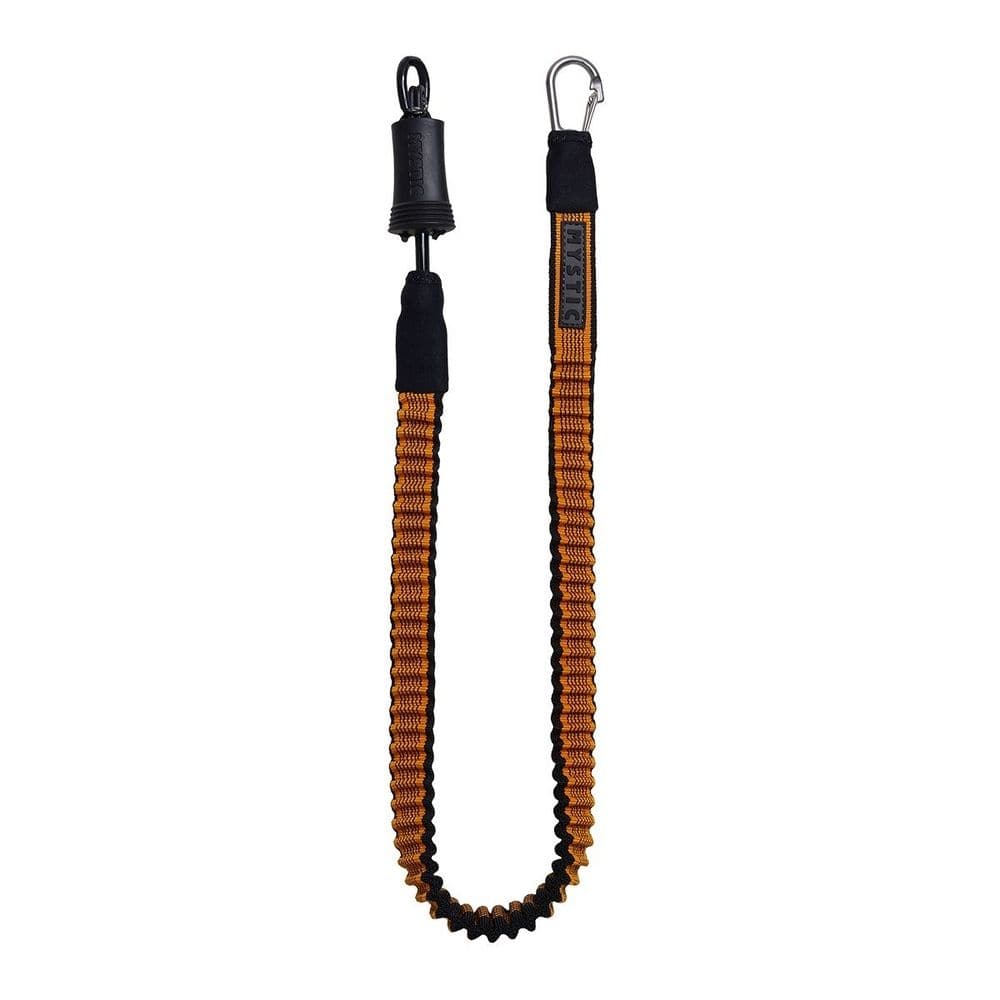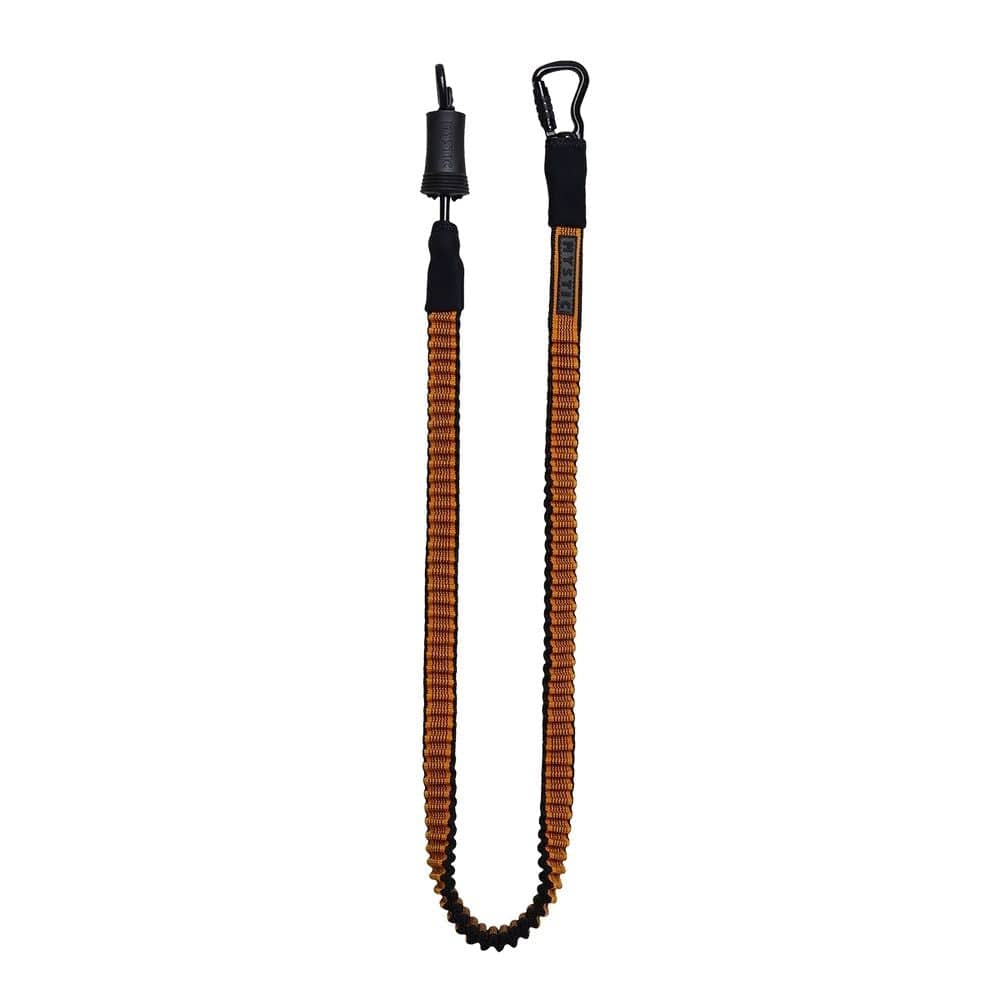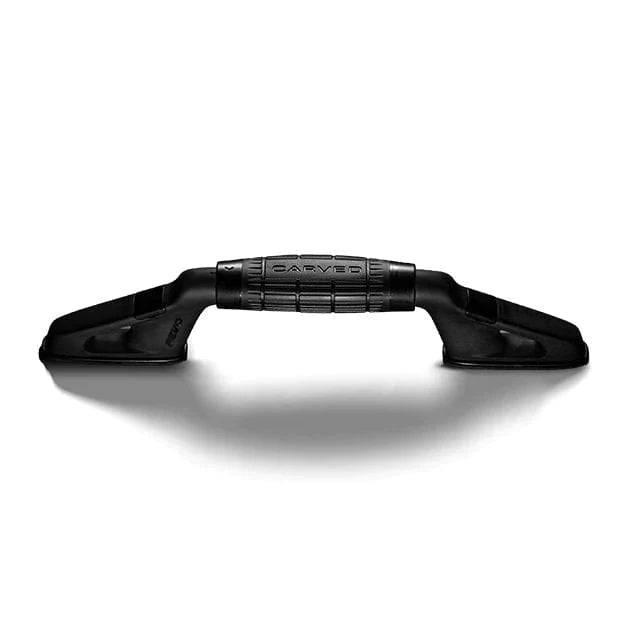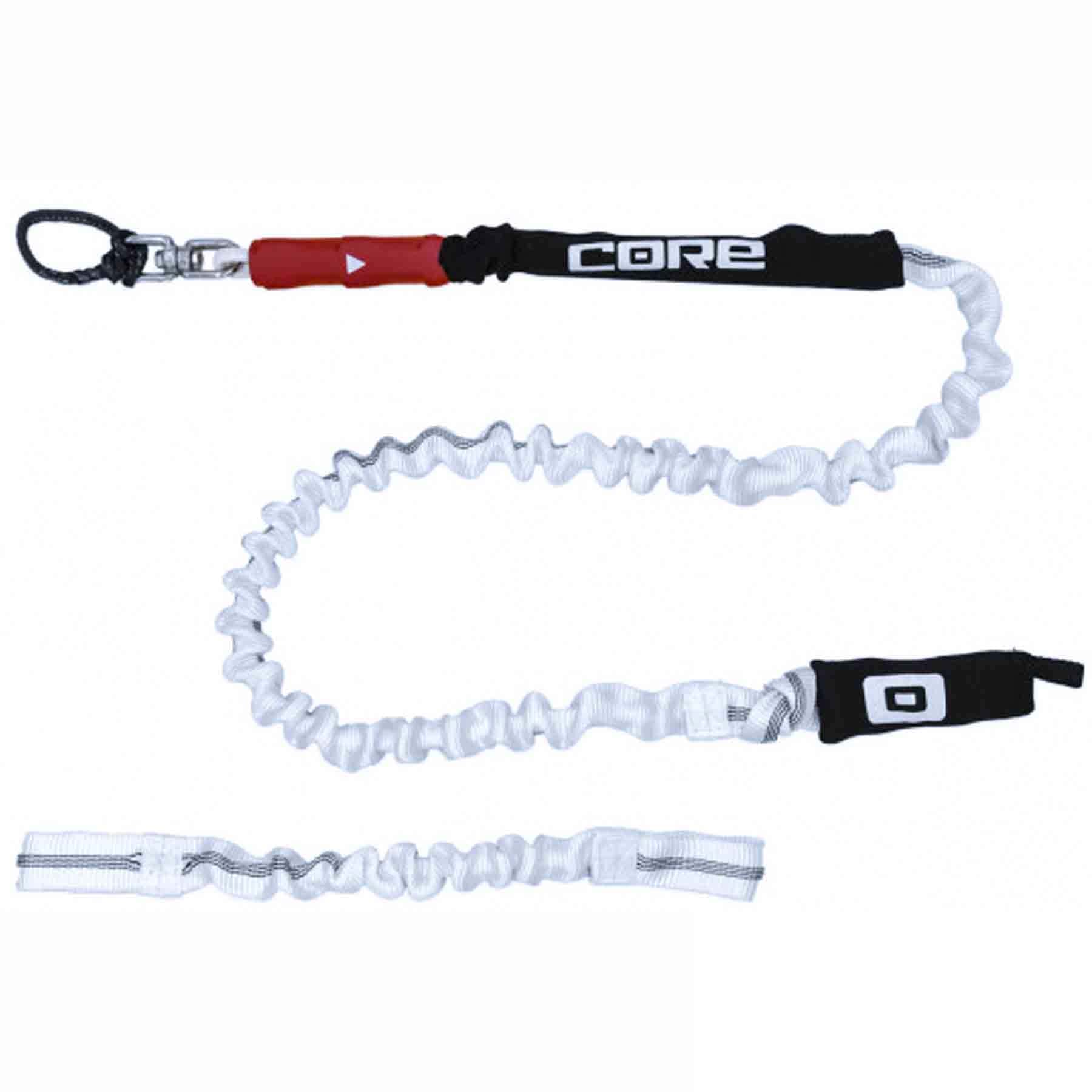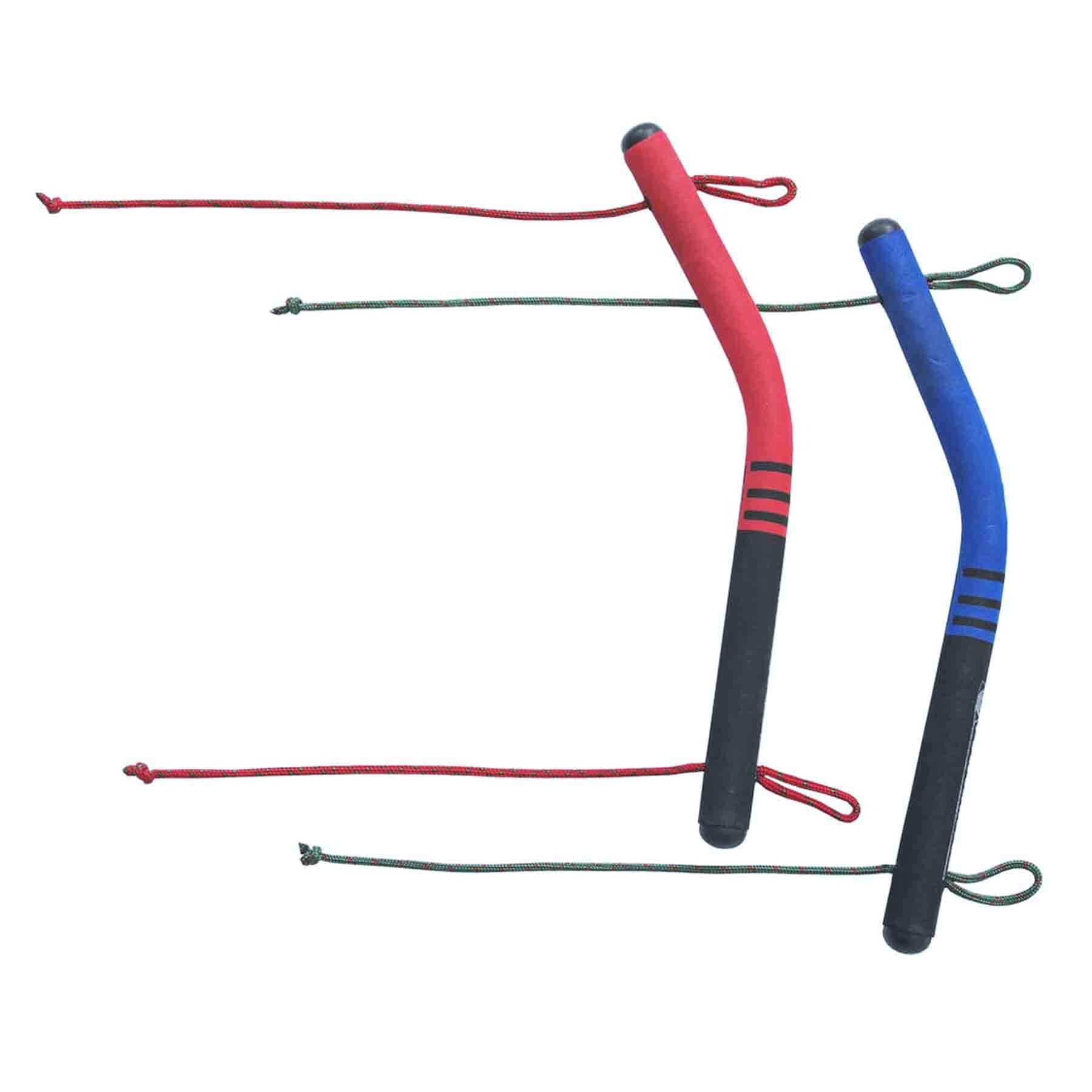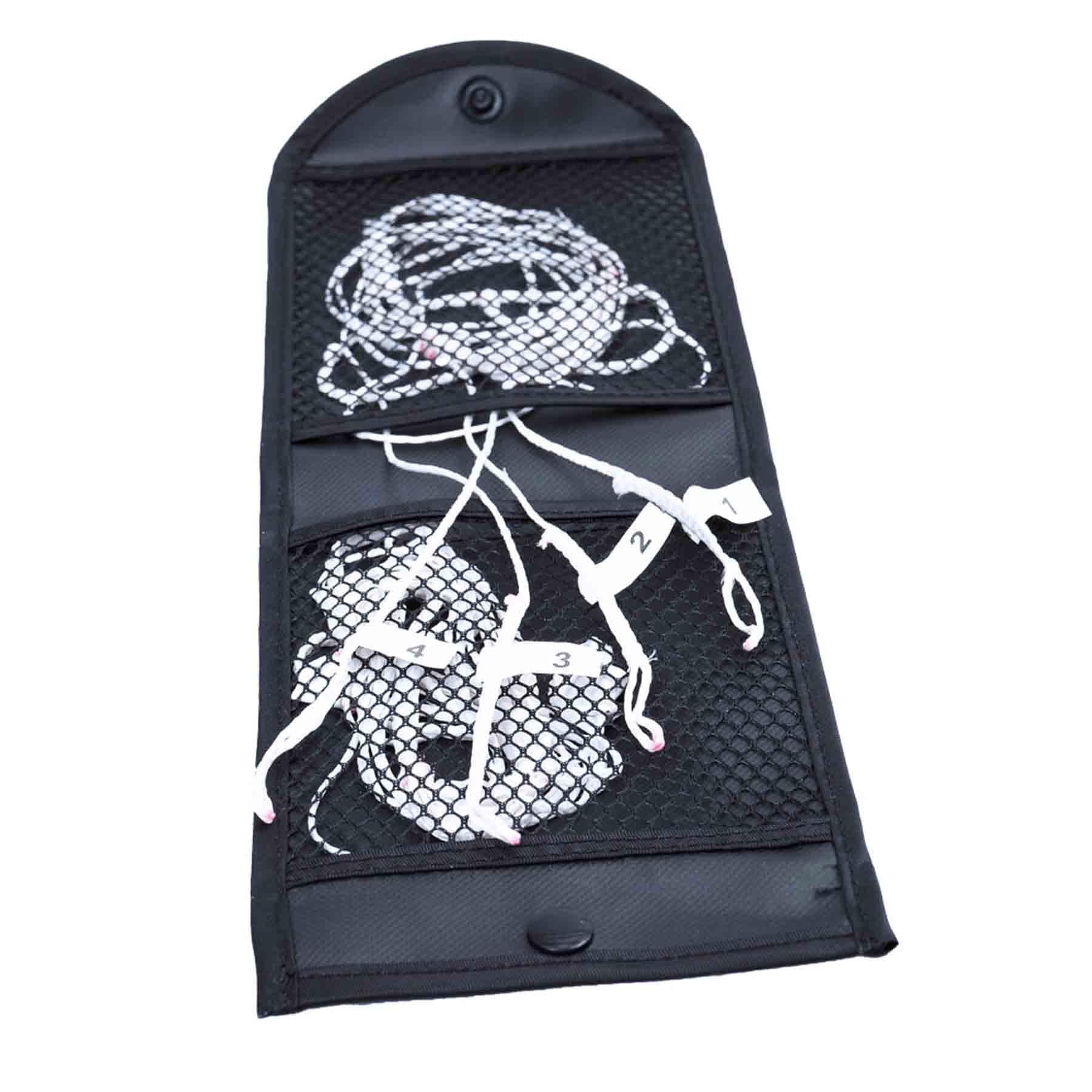Filter
Sort by
Kitesurf Pumps and Leashes
Take a look at all our kitesurf pumps and leashes, getting you out on the water faster and quicker, and keeping you safe when it goes wrong
Why is using a leash important in kitesurfing, and what role does it play in rider safety?
A kitesurfing leash is a vital safety accessory that connects the rider to the kiteboard. It serves as a crucial tool for preventing the board from becoming a potential hazard in case of falls, wipeouts, or unintentional board releases. The leash enhances rider safety by ensuring that the board remains within reach, minimizing the risk of the board being carried away by the wind or waves.
How do I choose the right type and length of leash for kitesurfing?
Choosing the right kitesurfing leash involves considering factors such as riding style, board type, and personal preferences. There are various types of leashes, including ankle leashes and retractable waist leashes. Ankle leashes are attached to the rider's ankle, providing a direct connection to the board. Waist leashes are typically attached to the harness and offer more freedom of movement. The length of the leash depends on rider preference but is generally between 1.5 to 2 meters.
Can I use any leash for kitesurfing, or should I use one specifically designed for the sport?
It is recommended to use a leash specifically designed for kitesurfing to ensure optimal performance and safety. Kitesurfing leashes are designed with materials that resist wear and tear caused by exposure to saltwater and UV rays. They also incorporate quick-release mechanisms to allow the rider to detach from the board quickly in emergency situations. Using a leash designed for kitesurfing helps prevent malfunctions and ensures reliable functionality.
How can I maintain and care for my kitesurfing leash to prolong its lifespan?
Proper care and maintenance of a kitesurfing leash are essential for its longevity and performance. After each session, rinse the leash with fresh water to remove salt and sand. Inspect the leash regularly for any signs of wear, such as fraying or weakened attachments. Check the quick-release mechanism to ensure it functions correctly. Store the leash in a cool, dry place away from direct sunlight when not in use. Promptly replace any worn or damaged parts to ensure the leash remains a reliable safety tool during kitesurfing sessions.

